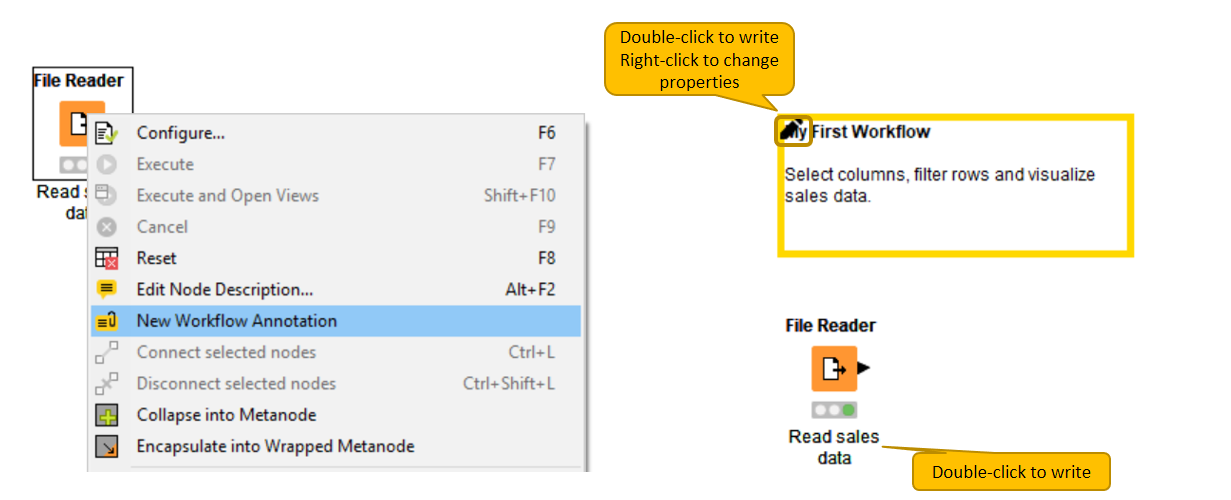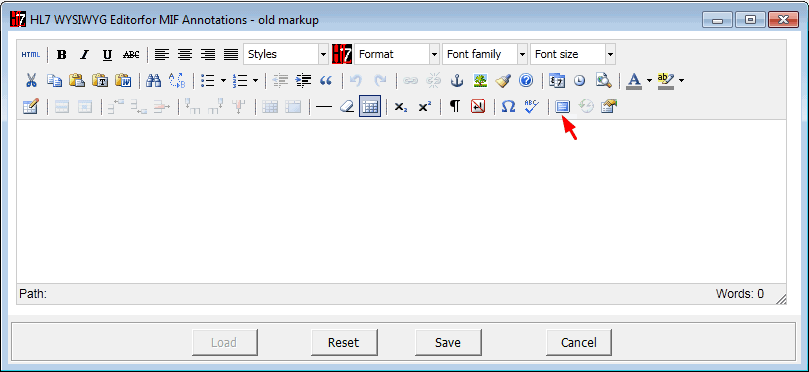
- #ANNOTATION EDIT CANNOT ADJUST 64 BIT#
- #ANNOTATION EDIT CANNOT ADJUST UPDATE#
- #ANNOTATION EDIT CANNOT ADJUST 32 BIT#
- #ANNOTATION EDIT CANNOT ADJUST CODE#
- #ANNOTATION EDIT CANNOT ADJUST PROFESSIONAL#
The font file size was limited to 640kb in early DLP specification. The supplemental files have to reside in the same folder as the DLP Cinema. If you see the message "Recording failed" in DaVinci Resolve on EasyDCP export, in almost all cases the font as named in the. The complete package includes all updated tools and documents.ĭLP Cinema files don't work with DaVinci Resolve EasyDCP plugin?
#ANNOTATION EDIT CANNOT ADJUST UPDATE#
Please take the update info as a hint to download the full update package from our site. Just move the apps from the download folder before opening. This occurs if you want to update an app that not has left quarantine from Apple Gatekeeper. The updater displays a locked volume error? This issue and an alternative solution is described here at Apple. No need to update to macOS Catalina, but it is required for macOS Catalina.
#ANNOTATION EDIT CANNOT ADJUST 64 BIT#
The 64 bit version for macOS Catalina also works on older 64 bit versions of macOS. In this case we recommend to use our 64 bit version for macOS Catalina instead.
#ANNOTATION EDIT CANNOT ADJUST 32 BIT#
Please note: Annotation Edit 1.9.x.x and many other 32 bit apps that use audio may not open any more, if a recent version of iTunes or "iTunes Sync Update" for iPhone was installed.
#ANNOTATION EDIT CANNOT ADJUST PROFESSIONAL#
Apple's own professional tool "Apple Compressor" also remained for long 32 bit for similar reasons, but Apple decided to exclude "Apple Compressor" from this alert display.Īnnotation Edit 1.9.x.x does not open any more? We are still waiting for some features to come to Apple's new media framework. Our apps continue to work on MacOS High Sierra (MacOS 10.13) and MacOS Mojave (MacOS 10.14). Since short Apple displays an alert, when a 32 bit app is opened the first time in MacOS 10.13.4. The major change is a complete replacement of Apple's media framework. Our major tools are already available for 64 bit as a preview. Please note: Crash reports without your email address are recognized, but not actively supported. If a crash should happen, please use our crash report feature, enter a description and your email, so that we can give support. This can be solved by exporting the media to compliant media before use. Most of them are related to incompatible media.

Īlways make sure to use the latest version available for your macOS.Ĭrashes are rare. When both an XML and JSON file exist with the same root filename, only the JSON file will be visible to the user (it will be as if the XML file no longer exists, although it still remains as a separate file).What should I do, if there is a problem. This means that when an XML file (legacy) is loaded for editing, saving it again will save it as a JSON file. It's important to note that once annotation layering has been turned 'on', via the Viewer configuration option, that all persistence will use the JSON file format.

This JSON format is based on our ability to persist individual annotations into a JSON object. For this reason, we have moved to a JSON file format for all annotation persistence. When adding the Annotation Layering functionality, we updated our annotation storage mechanism to accommodate cross-layer references for commenting. With this system it’s possible to have as many people working concurrently to annotate a document as desired, and these people can see all other annotation layers if they wish (the layers will be as up-to-date as the last time the file was loaded for a user). While the user cannot modify any of the annotations on a Review Layer, they may comment on them which makes it possible to have conversations across multiple reviewers of a document. The user may load as many layers for review as they like, and each of these layers can be made independently visible/invisible via the user interface. Review LayersĪ "Review Layer" is simply a layer that has been loaded but cannot be modified by the current user.

#ANNOTATION EDIT CANNOT ADJUST CODE#
Note that there is nothing in the PrizmDoc Viewer code that will restrict the incorrect usage of layer files, so this is an important consideration for your implementation. The best way to achieve this is by having each user create their own layer for editing this is the main scenario that annotation layers are designed upon. In order to maintain layer integrity, only one user can be modifying a layer file at any given moment.

The layer may be modified over time as often as desired and can be modified by different users, however, only a single user can work with the file at a time. What's an Annotation Layer?Īn annotation layer (or layer) is a collection of annotations saved in a unique file (under this definition all annotation files you currently have are layers). PrizmDoc Viewer’s Annotation Layering functionality makes it possible to create, view and manage multiple sets of annotations for a document enabling collaborative annotating and commenting scenarios for your document review needs.


 0 kommentar(er)
0 kommentar(er)
